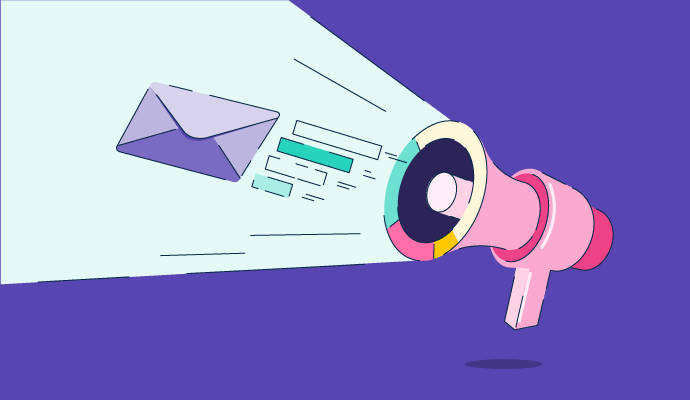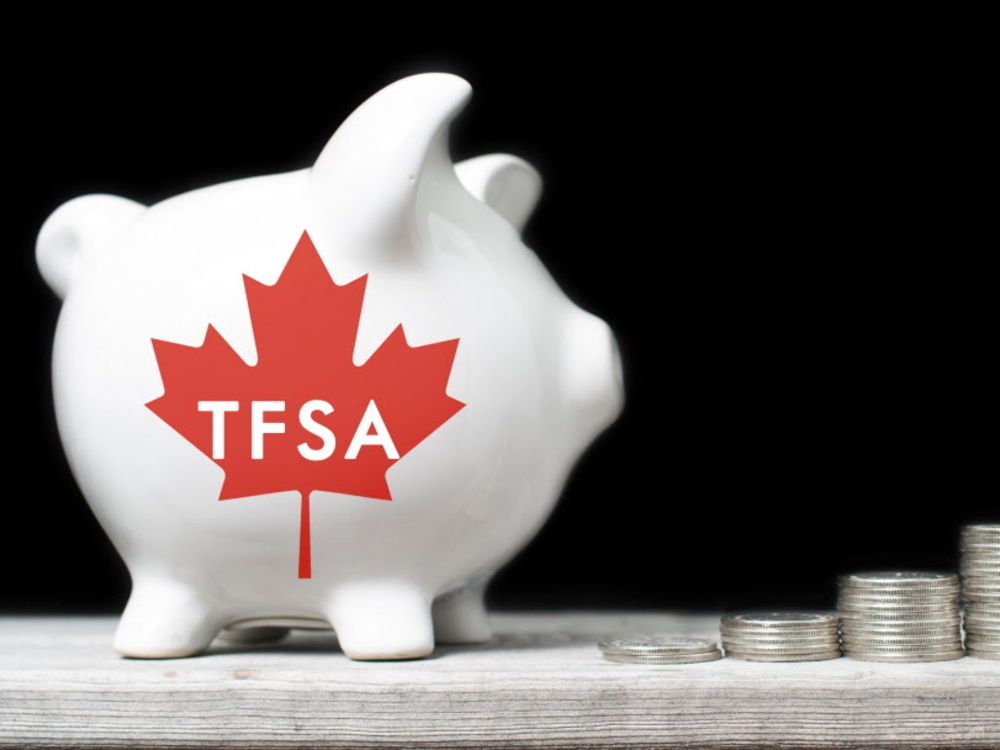82% of small businesses fail because of cash flow problems. Sounds like a terrifying statistic? Well, it’s true! Cash flow management is perhaps the biggest challenge that small business owners face. When you’re spearheading sales, marketing, and communications, it’s easy to overlook an underlying cash flow problem in your business.
But did you know that a proper cash flow strategy can:
- Prevent you from declaring insolvency,
- Stabilize your working finances,
- Combat any external threats, and
- Improve your financial well-being?
If you’re ready to walk the golden route to long-term financial success, you’re in the right place.
In this article, you’ll learn about 11 cash flow strategies for small business owners. These proven strategies come straight from a CFO who helps small businesses and content creators make smart financial decisions to meet their financial goals!
But before we jump into the strategies, let’s answer this…
Why is cash flow important to a small business?
Cash flow is the lifeblood of every business, showing you where and how much money is moving throughout your company. From the second you make that money to the moment it leaves your company, cash flow reveals your business’s financial health and sustainability.
A positive cash flow means you’re earning more than you spend, and you have extra cash on hand to cover daily expenses, invest for growth, and manage any unforeseen business expenses.
On the other hand, a negative cash flow refers to a situation where you’re spending more than you can earn, which leaves you unable to pay your employees, restock inventory, and cover monthly expenses to keep your business running!
Cash flow management is crucial to small business owners because it helps them create budgets and make informed decisions by mitigating any financial risks. It’s also an excellent starting point to recognize your business’s ability to meet financial obligations, and operational costs, as well as build a positive credit score for any future lenders and investors.
Related post: The Need for Cashflow Forecasting in Business
11 Small Business Cash Flow Strategies
Not sure how to get started with your cash flow strategy? Here are 11 proven cash flow strategies to improve your cash flow management starting today!
Build an emergency cash reserve
Every person and business will go through leaner times and harsh weather. But those who come out of it looking unscathed do one thing differently.
They build an emergency cash reserve, also known as emergency funds.
Emergency funds are a source of cash to use in emergencies and crises. They can help alleviate financial stress when things go wrong. Consider this: You face a setback of $500 in your business because of spoiled inventory. With an emergency fund, you don’t have to cancel out on orders or sell equipment to order replacements, and can just take the cash from those funds!
Automate payments and invoices
Small business owners often find themselves struggling for time or forgetting important things on their to-do lists. You can tackle both those problems by automating payments and invoices.
Automating these processes saves manpower and time while ensuring nothing gets missed. When you don’t wait to send invoices, you improve your accounts receivable turnover as well. Furthermore, automated invoicing and payment procedures are great business assets that attract investors who are seeking professionally put-together businesses!
Some of the best software that can help you with automation are:
- Wave
- PayPal
- Zoho Invoice
- Square
- Invoice Home
- Paymo
Offer discounts for early payments
Earlier, I mentioned the term “accounts receivable turnover.” This is another great way to improve that ratio! Offering discounts for early payments from customers means you can inject cash quickly into your business, thus improving your cash flow. This is revealed in numerous important KPIs for small businesses!
But offering discounts also has other benefits. It attracts customers and makes your service or product seem more cost-effective. This can lead to a domino effect as your customer base grows because you incentivize their buying process and make it a pleasant experience.
Strategically forecast cash flow
Most businesses are not evergreen and have fluctuating revenues and expenses throughout the year. Some of us might face a gigantic cash inflow during the holiday season as more customers buy gifts while others see a boost in certain items on the menu during different times of the year.
Creating a strategic cash flow forecast empowers businesses to allocate resources efficiently, secure financing when needed, and navigate unexpected financial challenges. Furthermore, it can help you set realistic expectations and provide more context to financial KPIs to show a true image of your business’s performance.
Work with a Chief Financial Officer
Cash flow problems might bump into you like a sudden and sour surprise. But they are rarely that.
Cash flow problems accumulate over time and get overlooked when you’re bogged down with day-to-day business activities. And that’s when it’s time to hire a Chief Financial Officer!
CFOs bring expertise in financial management, offering insights on optimizing cash flow, expense control, and revenue generation. They develop comprehensive financial strategies tailored to the business, enabling better cash flow planning, risk mitigation, and growth opportunities.
These experts also establish financial metrics and reporting systems for your business, helping you make informed decision-making. Their experience in securing financing, managing investments, and navigating regulatory compliance ensures financial stability and long-term success!
Reduce your costs
Technically speaking, there are only two ways to improve your cash flow:
- Increase your profit margin or assets – namely the cash inflow, or
- Decrease your costs and liabilities – namely the cash outflow.
Cutting down on your costs immediately increases your cash flow. Reducing costs like overheads, materials, or labor can help you retain more cash in hand. Furthermore, it also improves your profit margins and enhances your operational efficiency by reducing wasted resources!
When you save more pennies on the dollar as profit, you can invest back in the business for growth, allowing you to reach your business goals faster. Cost-cutting measures also create a financial cushion that can help you weather financial storms, ensuring that your business can consistently operate and meet financial obligations even when revenues decline.
In other words, it’s a win-win!
Streamline inventory management
This strategy is a proactive approach to cash flow management that optimizes the balance between customer demands and inventory levels, resulting in lowered holding costs.
Streamlining your inventory management can be done by creating an inventory dashboard, automating orders to vendors when inventory levels are low, and stocking up before predicted sales peaks. This way you save costs efficiently, reduce cash outflows, and keep your operations smoother!
Diversify ways customers pay you
Diversifying the methods customers can pay you is a smart and underrated strategy to boost your cash flow. In doing so, you smoothen the process on their end as well as ensure you don’t have a long payment lag (cash inflow).
Small businesses that have an automated credit card acceptance strategy often find themselves receiving funds quicker, preventing any financial hiccups later!
For instance, you can diversify your payment methods by offering a combination of:
- Paypal,
- Payoneer,
- Apple Pay,
- Google Pay,
- Mobile wallets,
- Debit and credit cards,
- Bank transfers, and
- Cash
Understand when you break even
There’s a fine line between profit and loss. And it’s called breakeven!
Breakeven occurs when your total expenses are equal to your total income, which means you’re neither making nor losing any money. This is an ideal situation for businesses in the beginning because it means your business can continue to operate and that there is room for improvement and profits.
So, understanding when your cash outflow equals your cash inflow is a cash flow strategy that can change the way you operate and succeed in your business!
Set favorable payment terms with vendors
The other half of the cash flow management depends on the cash outflow or the money that goes out of your business. And for most small businesses, the first thing that pops up as a cash outflow is payments to vendors.
If you have a good working relationship with your vendors, don’t be afraid to ask for a larger window to pay your dues. This can be 60 days and up to 90 days in some cases!
So instead of cashing out your inflow, you can invest back in the business and grow yourself without failing to pay your dues in short times. In case you are ever hit by a financial setback, favorable payment terms can aid you and alleviate some of that stress, so you don’t have 10 streams of outflow and no way to repair damages.
Prune underperforming assets
Assets can easily become liabilities if they’re not performing as efficiently as they should. Extra and unutilized assets will tie up valuable resources including money, space, and attention while increasing avoidable costs such as maintenance, overhead, and operating costs.
By shedding these assets and selling them, you inject cash into your business and improve liquidity. However, you also reduce your cost structure and improve profitability, which shows a positive impact on metrics like return on assets (ROA) and return on investment (ROI), attracting investors and lenders!
Final Thoughts
Cash flow problems, taxes, and death have one thing in common: you can never escape them! But with a proper cash flow strategy in motion, you can take care of at least two of them.
Since cash flow represents how well your business does financially, a strategy not only weans off potential threats to your business but also ensures that you can grow healthily.
In this article, I dived into 11 proven cash flow strategies to take in stride if you want your small business to sustain itself against future curveballs. From working with a CFO to cutting down on costs, implement a combination of these strategies and take charge of your financial success today!
Related















